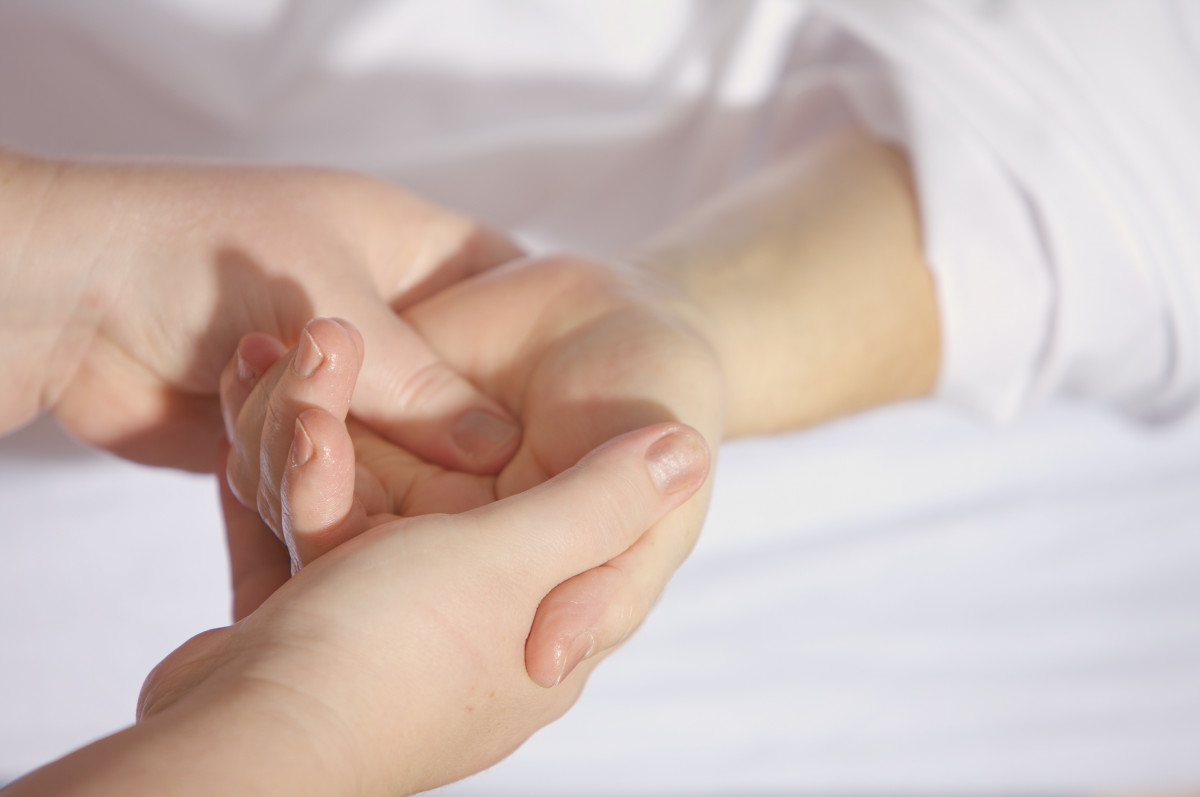
What is Palmoplantar Pustulosis (PPP) — Diagnosis for Palmoplantar Pustulosis in Puerto Banus
04/12/2022PPP cannot be cured, but a dermatologist can manage it. It can occasionally resurface, but there are chances it might vanish and never reappear. Keep reading to find out all about our diagnosis for Palmoplantar Pustulosis in Puerto Banus.
What is Palmoplantar Pustulosis?
Blistery sores can appear on the palms of your hands and the soles of your feet if you have a condition known as palmoplantar pustulosis (PPP). In addition to that, it can cause areas of the skin to become scaly and red. Because it is an autoimmune disorder, it causes your immune system to attack healthy tissues and organs in your body.
PPP can be managed with medication prescribed by a dermatologist, but there is currently no known cure for the condition. It happens every once in a while. On the other hand, it is possible that it will vanish forever.
Symptoms of Palmoplantar Pustulosis
PPP manifests itself initially as a series of very small blisters filled with yellow pus. After some time, these will turn a brownish colour and develop a scaly appearance. PPP has also been linked to the development of painful cracks in the skin. It may be difficult for you to walk comfortably or use your hands without experiencing pain as a result of the blisters and sores.
Causes of Palmoplantar Pustulosis
It is unknown what causes PPP, but there is a connection between the condition and smoking. According to some studies, up to ninety percent of people who have the skin condition currently smoke or have done so in the past.
Tobacco products contain nicotine, which can have an adverse effect on the cells of your skin and lead to inflammation in your sweat glands, particularly on your hands and feet. If you give up smoking, you might find that your symptoms improve.
The condition is contagious and can affect any adult. However, more women than men have it, and people between the ages of 40 and 60 are the most likely to have it.
Psoriasis can be present in as many as 24 percent of people who have PPP. Psoriasis is characterised by rapidly accumulating skin cells that take the form of thick, silvery scales and itchy, dry, red patches.
Diagnosis for Palmoplantar Pustulosis in Puerto Banus
Our diagnosis for Palmoplantar Pustulosis in Puerto Banus will consist of an examination of your skin to determine whether or not you have PPP. The majority of the time, they will scrape or swab the area, both of which are completely painless procedures.
In order to confirm PPP, it is sometimes necessary for them to remove a small piece of skin. You will receive local anaesthesia, and following the procedure, you may require a few stitches. In order to determine whether or not you have PPP, your physician will examine the tissue using a microscope.